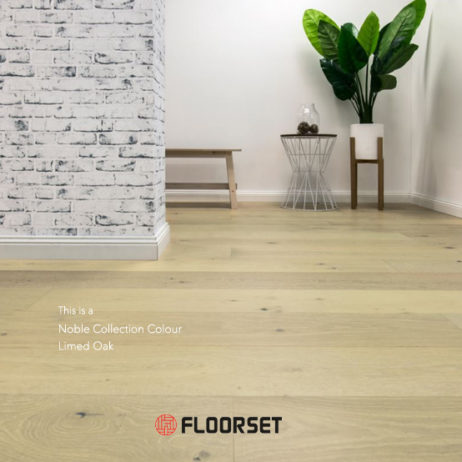
Homeowners value engineered flooring for its easy installation, extreme durability, relaxed maintenance and, of course, the elegance and style it adds to the room. Read on to find answers to the frequently asked questions about engineered flooring.
Engineering wood can be manufactured from smaller wood species rather than bulky trunks used for solid wood production. Besides, engineered wood is mostly manufactured from fast-grown and less expensive species in private forests. So, engineering hardwood is a green option and using engineering flooring we can help safeguard our prized forests.
No, like other types of flooring you should provide an even sub-flooring before engineered flooring can be installed. Most of the time, flooring technicians can fill the gaps with felt pads. However, if the sub-flooring is extremely uneven only the traditional method of sanding and finishing works. The flooring installation team sand the sub-flooring to make it smooth and ready for engineered flooring installation.
Thanks to the top coating engineered flooring are immune to most types of spills and thus doesn’t require any surface treatment. But you can use surface treatment for areas prone to high spills to prevent them from damage and discolouration. For flooring with a lacquered top layer, you can use Lacquer or a similar product, whereas you can go for UV/Natural Oil refresher or a similar product for UV-resistant floorings.
Indoor and outdoor allergies are commonplace in the world, Australia is no exception. This may cause extreme trouble for some sensitive people including itchy skin, hay fever, watery eyes, sneezing, breathing problems, headaches and other physical reactions such as acute asthma.
Engineered flooring doesn’t collect dust and debris. It’s also easy to clean and it has a little room to harbour dust mites, dander, Mould and pollen, known to be the main source of allergy in occupants living indoor. Hence, engineered wood is an allergy-free flooring option.
Considering that both solid wood flooring and engineered flooring are made from the same material they are equally resistant to scratching. But they differ in how the surface is treated.
The engineered food come is treated either with lacquer or UV oil. While both add to the appearance and durability of the flooring., lacquer is slightly thicker and adds more sheen to the wood which looks a little less natural.
To be honest, just like natural wood engineered wood can get scratched but it can be easily replaced or repaired. And instead of sanding and finishing the entire surface as you would with hardwood flooring, you only need to replace the damaged planks.
Yes, engineered flooring works well with the underfloor heating system. Once it has been installed it looks just the same as solid hardwood and you feel warmth and comfort under your feet.
The majority of technicians recommend using underfloor heating and engineered planks in one place. This brings you the real warmth and comfort of an underfloor heating system with the aesthetic appearance of the wooden flooring. Besides, it’s easy to find engineered hardwood that complements any space.
One of the nicest things about engineered flooring is that it is super durable and scratch-resistant. Most engineered floorings come in the form of factory pre-finished which means a durable coating is applied at the factory before it is shipped to the customer.
Pre-finished engineered hardwood has a very durable long-lasting finish. Finishes applied by manufacture can last for decades. Consequently, you can make sure that your flooring will go for a year without the need to repair or refinish. Engineered flooring manufacturers claim that with proper care the lifespan of engineered planks boosts up to 20-30 years.